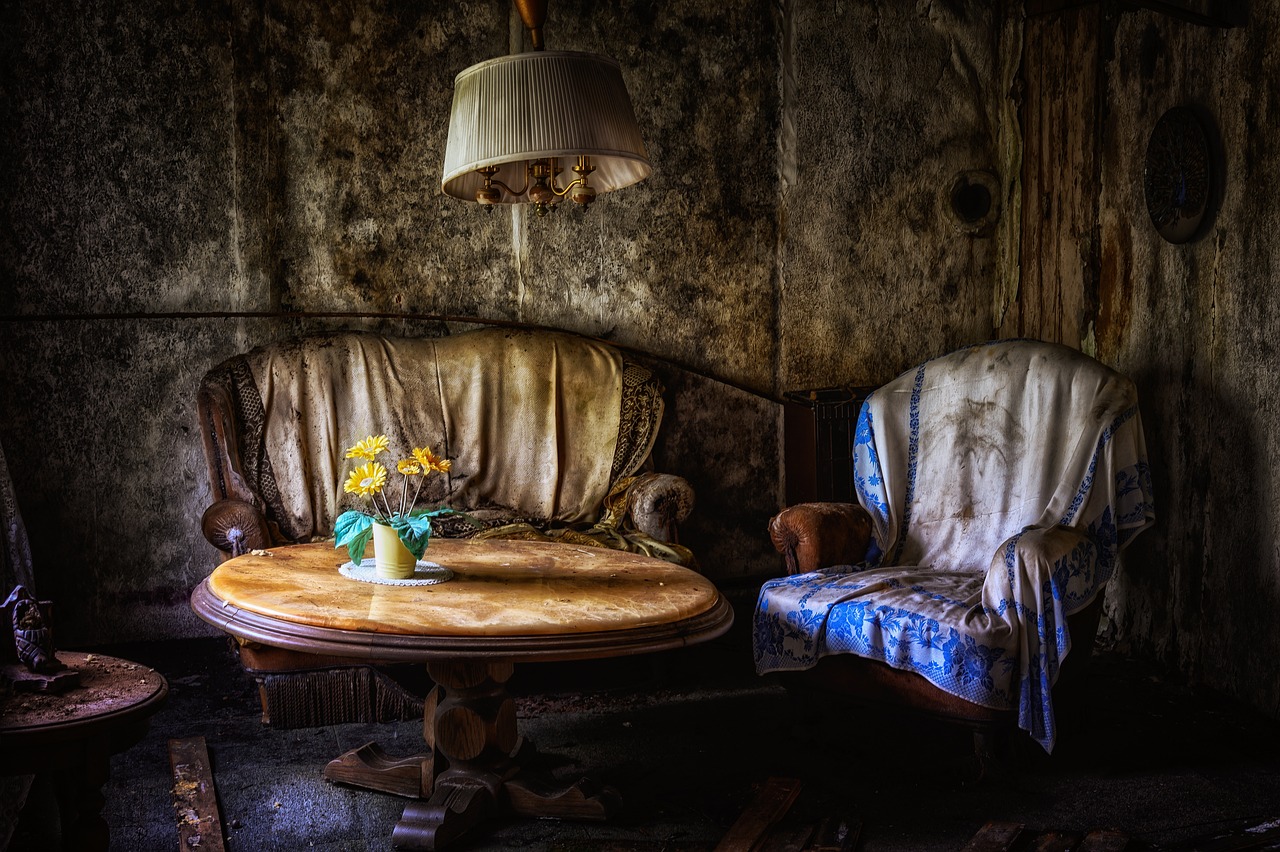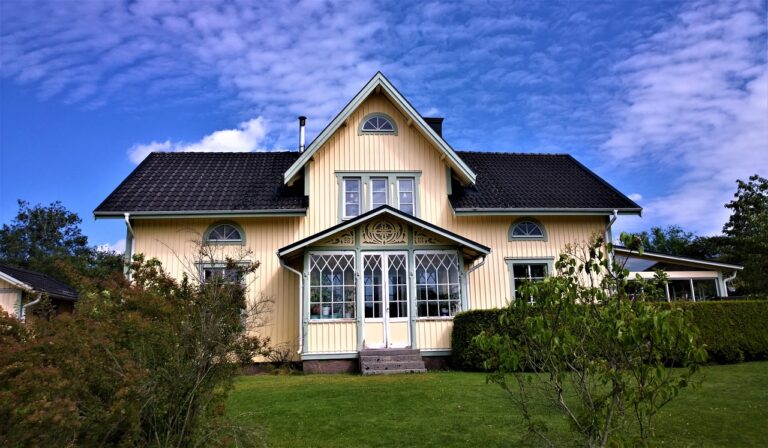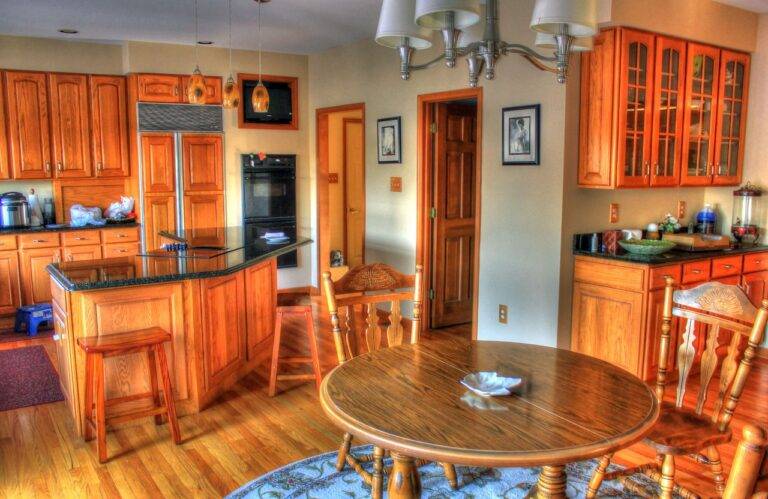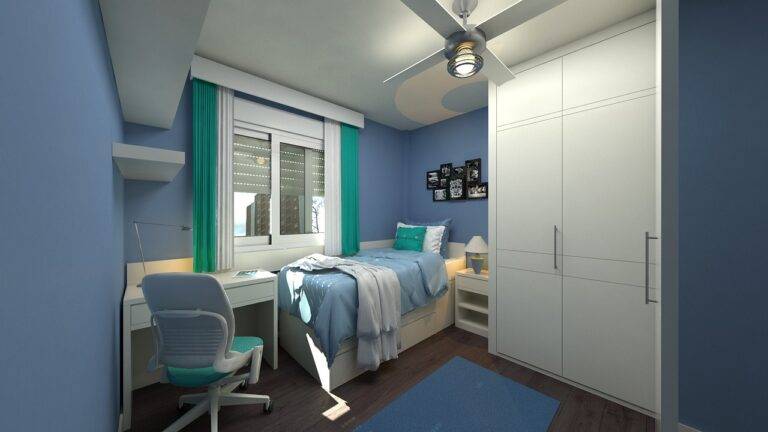Analyzing the Impact of Home Improvement Reality Shows
In the early 2000s, home improvement reality shows began to gain traction on television networks, captivating audiences with the idea of transforming run-down properties into dream homes. Programs like “Trading Spaces” and “Extreme Makeover: Home Edition” showcased the possibilities of home renovation and inspired viewers with dramatic before-and-after transformations.
As the years went by, the genre evolved to incorporate competitive elements, such as in shows like “Property Brothers” and “Fixer Upper.” These series not only showcased renovation projects but also highlighted the expertise and charisma of the hosts, turning them into household names. The evolution of home improvement reality shows not only provided entertainment but also served as a source of inspiration for homeowners looking to undertake their own renovation projects.
With the rise of social media platforms like Instagram and Pinterest, home improvement reality shows also began to focus on design trends and DIY projects that viewers could easily replicate in their own homes.
Shows like “Flip or Flop” and “Love It or List It” introduced audiences to the world of real estate investing and property flipping, showcasing the potential financial gains that come with renovating homes.
The popularity of home improvement reality shows has led to a boom in the home renovation industry, with more homeowners seeking out professionals to help them achieve their dream spaces.
Today, home improvement reality shows continue to dominate television schedules, offering viewers a mix of entertainment, education, and inspiration when it comes to transforming their living spaces.
The Influence on Homeowners’ Expectations
Home improvement reality shows have undoubtedly played a significant role in shaping homeowners’ expectations when it comes to renovating and decorating their homes. With their visually appealing transformations and quick fixes, these shows often create the impression that major renovations can be completed in a short amount of time and within a limited budget. Homeowners may start to expect similar results in their own projects, underestimating the time, effort, and resources required for such endeavors.
Furthermore, the constant exposure to these idealized home improvement projects on television can lead homeowners to believe that perfection is not only achievable but also the norm. The flawless final reveals and perfectly executed designs portrayed on reality shows can set unrealistic standards for homeowners, causing them to feel dissatisfied with their own homes if they do not live up to these ideals. This pressure to attain perfection can create unnecessary stress and discontent among homeowners, making it vital to approach home improvement projects with a realistic mindset.
The Rise in Popularity of DIY Culture
DIY culture has experienced a significant surge in popularity in recent years. This trend can be attributed to various factors, including the easy access to online tutorials and the increasing desire for individuals to personalize their living spaces. Through online platforms and social media, people have found inspiration and guidance to tackle home improvement projects on their own, leading to a rise in DIY enthusiasts across the globe.
Additionally, the financial benefits of DIY projects have not gone unnoticed. By taking on tasks themselves, homeowners can often save on labor costs and tailor projects to suit their budgets. This financial incentive, combined with the satisfaction of completing a project independently, has fueled the growing appeal of DIY culture among individuals looking to add a personal touch to their homes.
What is DIY culture?
DIY culture refers to the trend of individuals taking on tasks or projects themselves rather than hiring professionals. This can range from home improvement projects to crafting and repairs.
How has DIY culture evolved over the years?
DIY culture has evolved from a niche hobby to a mainstream trend, thanks in part to the popularity of home improvement reality shows and the accessibility of online tutorials and resources.
What are some examples of DIY projects?
DIY projects can include anything from painting a room, building furniture, gardening, sewing, crafting, and more. The possibilities are endless!
How has DIY culture influenced homeowners’ expectations?
DIY culture has raised homeowners’ expectations when it comes to the possibilities of what they can achieve on their own. Many homeowners now feel empowered to take on projects they may have previously thought were beyond their skill level.
What are some benefits of DIY culture?
Some benefits of DIY culture include cost savings, a sense of accomplishment, customization of projects to fit personal preferences, and the development of new skills and knowledge.







